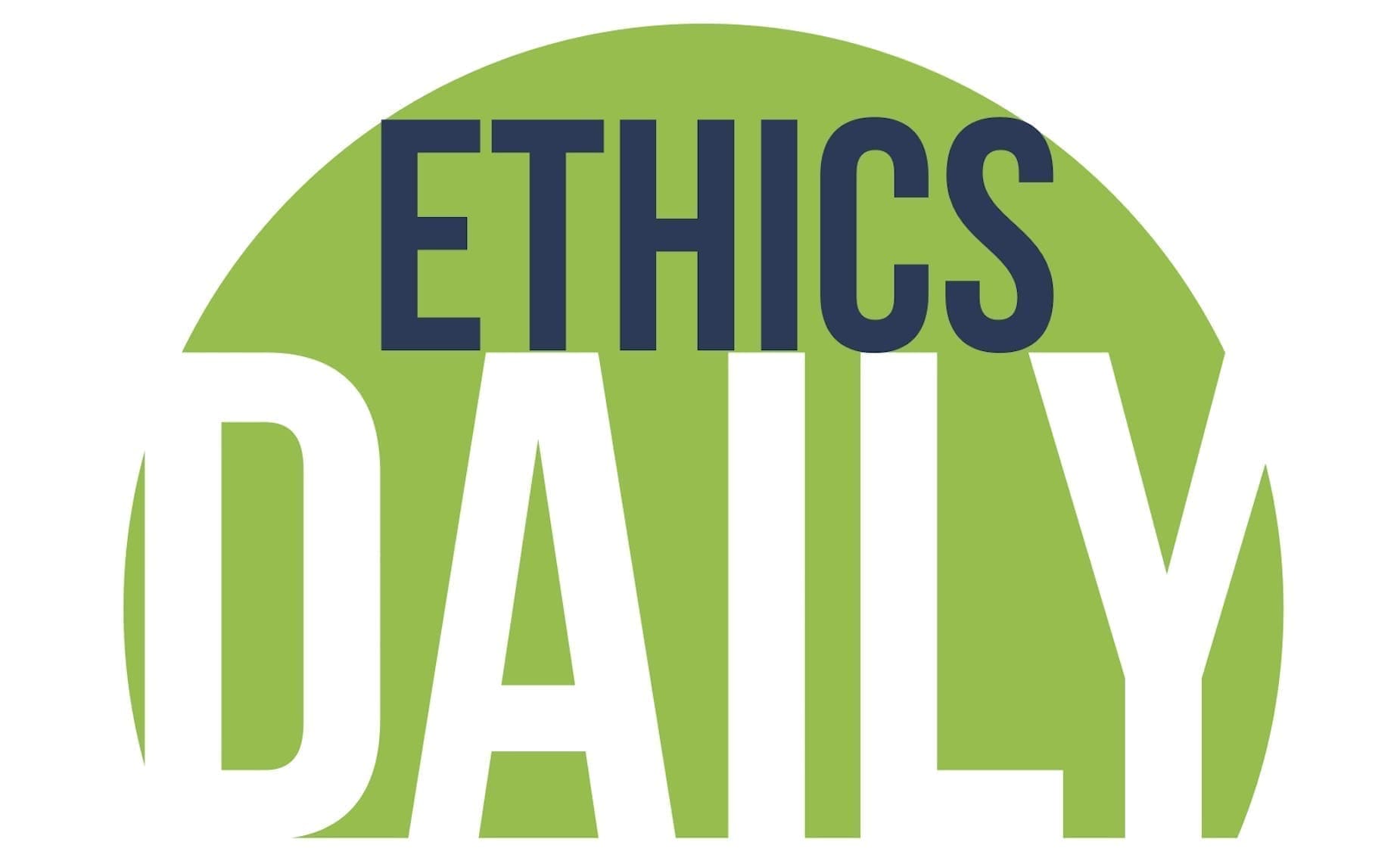Nationwide revenues and expenditures for public education in the U.S. are on a four-year upward trend, according to a report published on Feb. 26 by the National Center for Education Statistics.
For fiscal year 2017, the most recent data available, revenues increased by $15.6 billion and expenditures increased by $12 billion.
Revenue increases from fiscal 2016 to fiscal 2017 were highest at the state level ($7.8 billion increase), followed by local ($7.4 billion increase) and federal ($0.3 billion increase).
Nationwide, revenues increased from $689.7 billion to $705.3 billion during this time period.
Despite the overall increase, 15 states saw decreases in per-pupil revenues in fiscal 2017, with Hawaii (-7.6%), Wyoming (-6.6%) and Indiana (-5.9%) having the most significant declines.
Alaska, Louisiana, Oklahoma and Vermont saw declines from both fiscal 2015 to fiscal 2016 and from fiscal 2016 to fiscal 2017.
Expenditures increased by 2% ($12 billion) nationwide during this time period, which included a 1.7% ($6.3 billion) increase for instruction and 3.8% ($1.3 billion) for student support.
A majority (36) of states (including D.C.) saw per-pupil spending increases from fiscal 2016 to fiscal 2017, while 15 states saw decreases. Nationwide, the per-pupil spending average was $12,258 for fiscal 2017, a 1.6% increase from fiscal 2016.
There were widespread disparities in per-pupil spending, with six states spending less than $9,000 and 12 states (including D.C.) spending $15,000 or more.
Utah had the lower per-pupil spending average at $7,206, while New York had the highest at $22,861.
Oklahoma (-3.9 percent), New Mexico (-1.9 percent), Wyoming (-1.3 percent), Mississippi (-1.1 percent) and Arkansas (-0.8 percent) had the highest levels of per-pupil spending decreases during this time period.
Only Oklahoma had per-pupil expenditure decreases from both fiscal 2015 to fiscal 2016 and from fiscal 2016 to fiscal 2017.
Among the states that had teacher strikes in 2018 and 2019, every state had per-pupil expenditures in fiscal 2017 below the national average, and every state (save for California) had per-pupil revenues in fiscal 2017 below the national average.
Oklahoma had the lowest per-pupil revenues at $9,167 (the national average was $13,962) and the lowest per-pupil expenditures at $7,921 (the national average was $12,258).
A March 2019 report from the Center on Budget and Policy Priorities found funding remained below levels prior to the “Great Recession” in 24 states.
EthicsDaily.com reached out to several public education advocates and teachers for their reaction and response to provide context to the NCES report’s data.
“Although any increase in funding for public education is welcome, the problem of underfunded schools cannot be addressed by tinkering around the edges,” said Carol Burris, executive director of the Network for Public Education, in an email to EthicsDaily.com.
“Research now clearly shows the profound effects that spending can have on increasing student achievement. And funding gaps between ‘have’ and ‘have-not’ schools must be closed,” she said.
“Compounding the problem is the draining of funds from public schools by charter schools and voucher programs,” Burris said. “All of these issues and more must be addressed if we are to fund our schools at the level our students deserve.”
Charlie Johnson, a longtime Texas pastor who is executive director of Pastors for Texas Children, echoed Burris’ sentiment in his comments to EthicsDaily.com.
“While we are gratified by the incremental increases in per-pupil spending nationwide for our public schoolchildren, we continued to be deeply troubled that Southern and Midwestern states – the very places where faith is the highest value – often fall woefully behind an adequate educational provision for our kids,” he said.
“Education is not an expense – it is an investment that pays rich dividends for all of us generation after generation,” Johnson said. “Faith leaders must carry this message to their congregations and communities and embrace their God-given role as ambassadors of God’s common good in the provision of quality education for all children.”
Autumn Lockett is a former elementary school teacher who is now serving as executive director of marketing and development at Good Faith Media. She served previously as director of admissions at the University of Oklahoma College of Law.
“I taught elementary school in Texas and loved my time in the classroom, but when we moved to Oklahoma, I would have taken a significant pay cut to continue teaching,” she said.
“I am a product of public school and believe in the importance of equal access. I’ve watched so many of my friends who studied education leave the profession, and not just because of their salaries,” Lockett said. “Their classrooms are overcrowded, children don’t have what they need to learn, and many elected officials in Oklahoma dismiss teachers’ voices. I took my daughters to protest at the capital and was stood up for several appointments we scheduled with state representatives.”
“As much as I believe in and support our public schools, I am trying to dissuade my children from considering teaching as a career,” she said. “It breaks my heart.”
“When I think of the funding of public schools, I see the faces of the 40 students who walk through the door of my classroom each and every day,” Trevor Barton, an elementary public school teacher in South Carolina, told EthicsDaily.com via email.
He offered several vignettes about several students, sharing about two girls who love science and hope to discover a cure for cancer, as well as an immigrant boy from Peru who seeks daily to befriend people who need a friend.
“The truth is, you cannot place monetary value on children like this and the brave, beautiful teachers who give their lives to them,” Barton said. “You can only say, ‘I’m willing to give as much as it takes to help them become all they can become.’”
The full report is available here.





